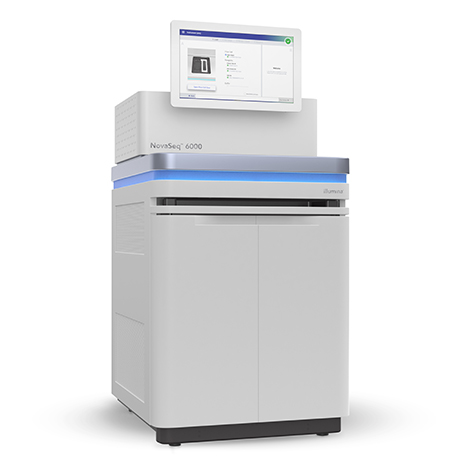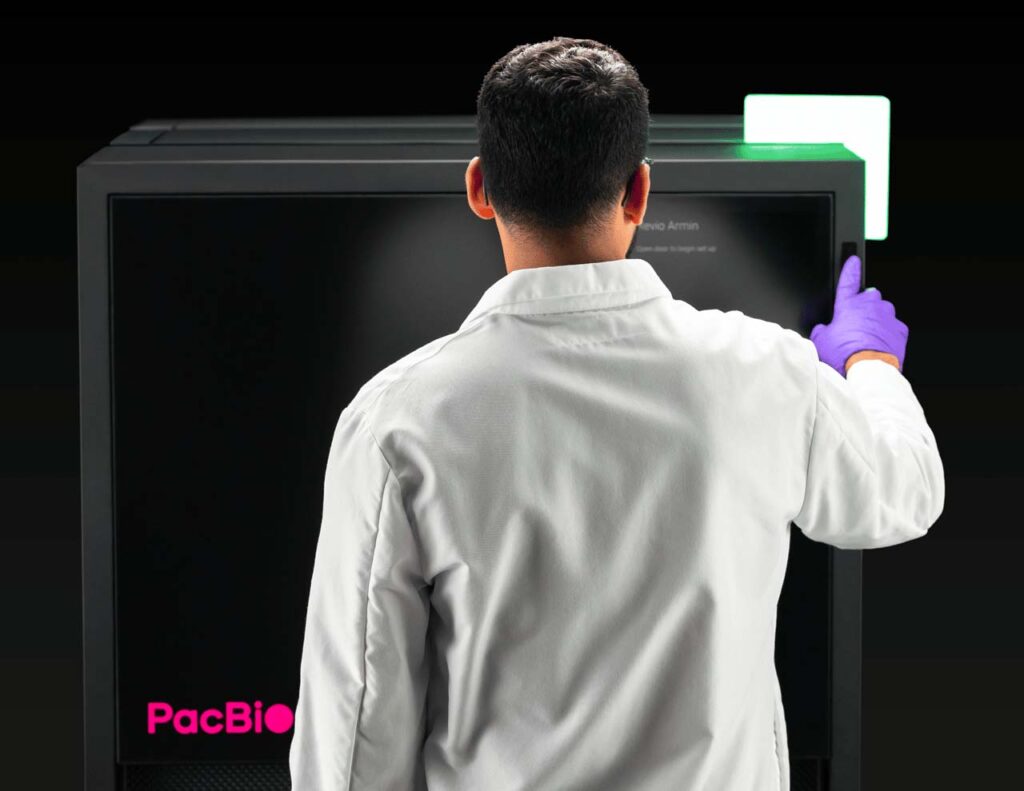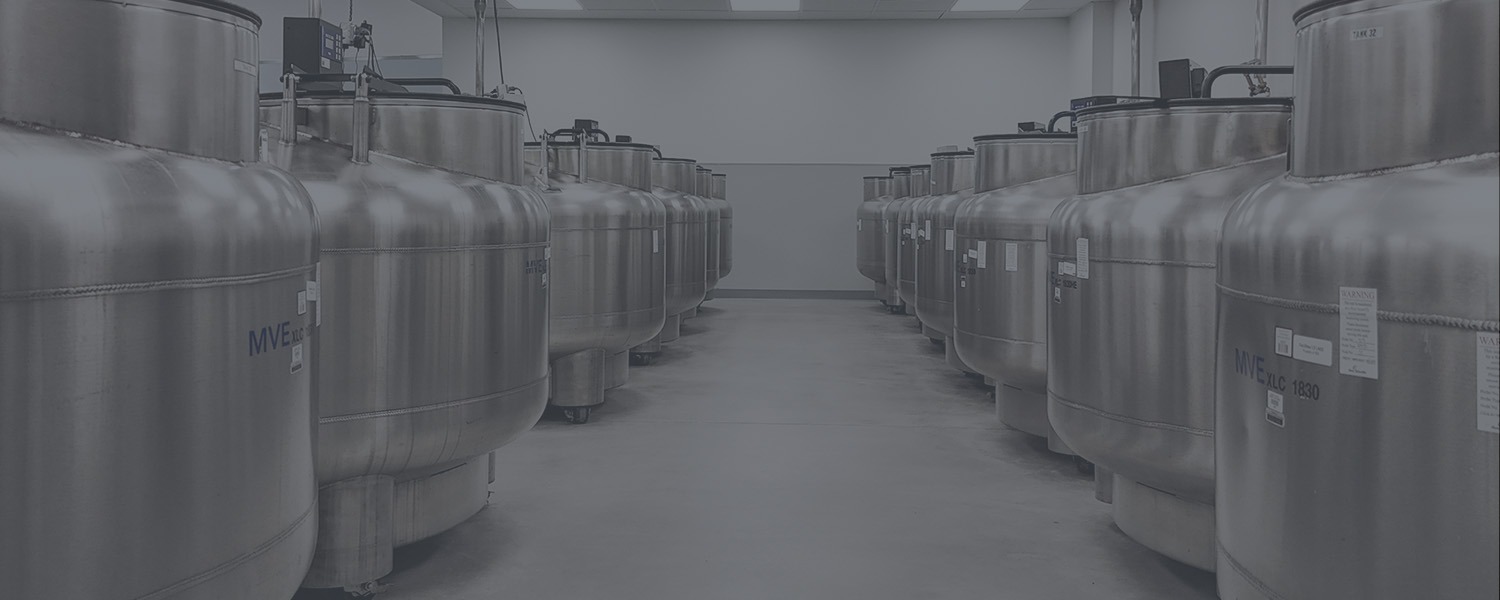Background
Since the first human genome was sequenced over two decades ago, DNA sequencing has progressed from researchers having to laboriously read each DNA letter individually. The development of high-throughput DNA sequencing has allowed for increased speed and accuracy in reading genetic information.
However, with this improvement in sequencing technology, two distinct approaches have emerged: long read sequencing and short read sequencing. These approaches have their advantages and disadvantages, and understanding the differences between the two techniques, is essential to choose the optimal technique for specific applications.
Table of Contents
What is short read sequencing?
Short-read sequencing, as the name implies, involves reading short fragments of DNA typically ranging from 50 to 300 base pairs, and can generate millions to billions of reads. The process involves breaking DNA into small pieces, attaching adapters to each end, and running these pieces through a sequencer.
This process amplifies the number of copies of each fragment, improving sequencing accuracy making it a powerful tool for generating genomic data. Through short read sequencing, DNA or RNA can be sequenced in less time and at a lower cost than traditional methods. This technology has helped to revolutionize biomedical research and has led to important discoveries in personalized medicine as well as studying disease and evolution.
Short read sequencing is employed in applications that involve counting the abundance of specific sequences, identifying variants within well-conserved sequences, or for profiling the expression of particular transcripts.
One of the key advantages of short read sequencing is that it provides high depth coverage, which means that researchers can generate a large number of reads that overlap with each other. By overlapping reads, researchers can identify similarities and/or differences and locate mutations that can be used to identify disease states or act as targets for drug discovery.
Another advantage is that short read sequences are less expensive to produce, which makes them ideal for large scale projects involving many samples.
Sampled is proud to be partnered with Illumina, who are the leading manufacturer of short read sequencers. For many years they have led the way in creating powerful tools for genome assembly, transcriptome analysis, variant detection, and targeted resequencing.
The NovaSeq 6000 platform offers Whole genome, whole exome and whole transcriptome sequencing applications, scalable throughput and is employed by leading research centers around the globe. To learn more about how their short read sequencing technology could accelerate your research click here.

Short read sequencing is an effective tool, but there are some areas of research where it is not suitable. Since this technology cannot sequence long contiguous pieces of DNA due to the read length limitation mentioned earlier, it is not suitable for assembling entire genomes. This is where long read sequencing can help.
What is long read sequencing?
Long read sequencing, also known as third-generation sequencing, reads much longer stretches of DNA, ranging from a few thousand to hundreds of thousands of base pairs. These longer reads allow researchers to identify complex structural variations such as large insertions/deletions, inversions, repeats, duplications, and translocations. Long read sequencing technology can also be used to phase Small Nucleotide Polymorphisms (SNPs) into haplotypes, build scaffolds for de novo assembly and resolve splicing events in full length cDNA.

Although initially the technology was seen to have a lower yield and higher error rate, companies such as PacBio have since improved the chemistry on their instruments, enabling “HiFi sequencing” which uses circular consensus sequencing (CCS) to read long stretches of DNA accurately. Briefly, the CCS method allows DNA to pass through the zero-mode waveguide chip several times, generating highly accurate reads of at least 99.8%, similar to short read sequencing platforms.
Long read sequencing platforms such as those from PacBio can now sequence up to 25kb base pair sequences with an error rate closer to that seen in short read sequencing. Learn more about how our partnership with PacBio and how their Hi-Fi long-read sequencing platforms can accelerate your research here.
Long Read vs. Short Read – which to choose?
In summary, both short read sequencing and long read sequencing have their strengths and favour different applications. Short read sequencing can be faster, cheaper, and can generate high coverage; it is ideal for targeted resequencing, transcriptomics, and variant detection. Whereas long read sequencing can read contiguous stretches and handle complex regions of the genome; it is ideal for de novo genome assembly and structural variation detection. By understanding the differences between the two techniques, researchers can choose the appropriate sequencing method for their specific research needs.
If you wish to learn more about how outsourcing short and long read sequencing can save you on expenditure and accelerate your research, contact one of our experts today

